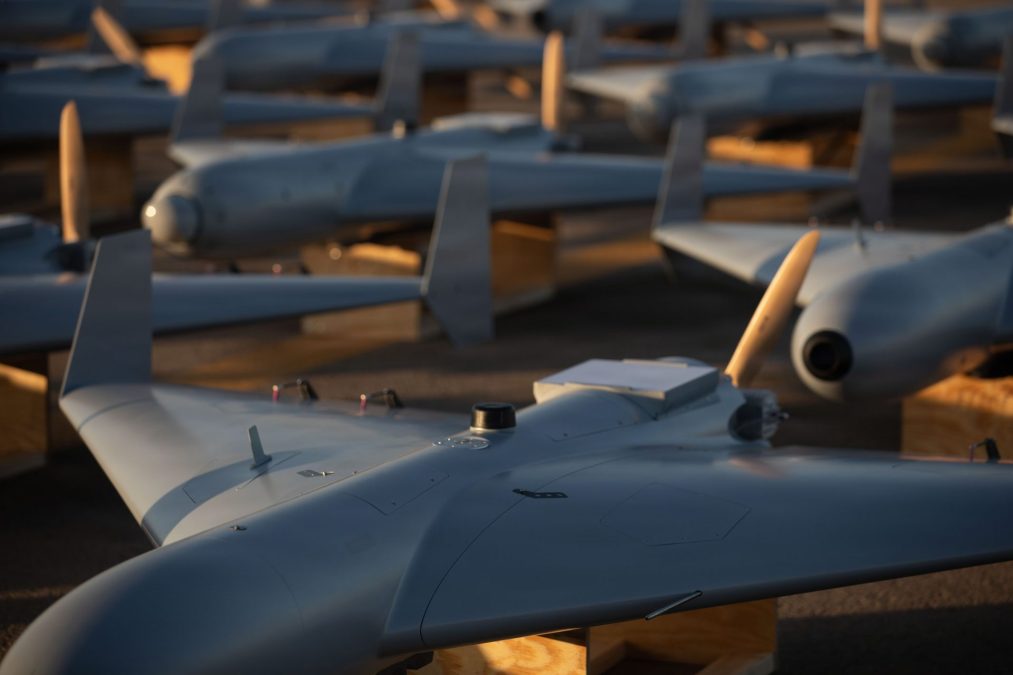A restructuring of the armed forces branch, which includes a renewed focus on the Pacific region, hints at where the United States plans to bring war in the years to come.
After a decade of recruiting struggles the US Army announced a major restructuring Tuesday, with the service’s revamped set of priorities revealing which areas of the world the United States plans to bring war to next.
The effort involves the cutting of 24,000 roles which are currently unfilled, representing almost five percent of the force’s manpower. The Army will be left with about 470,000 troops after the restructuring, which it plans to complete over the next five years.
“We’re moving away from counterterrorism and counterinsurgency,” said Army Secretary Christine Wormuth, referring to roles which have been in high demand in US wars on Iraq, Afghanistan, and Syria. “We want to be postured for large-scale combat operations.”
The Army is also planning cuts in special operations forces and other small-scale combat teams, as well as to security force assistance brigades that work to train foreign armies.
In another telling move that suggests the United States sees war with Russia or China in its future, three of five new task forces created during the restructuring will be responsible for combat in the Pacific region. Another will be assigned to Europe and Africa, while the fifth is thought to be associated with the US’ Central Command in the resource-rich Middle East.
The US Armed Forces are divided into 7 separate combatant commands corresponding to different geographic regions of the world as well as outer space, while four “functional combatant commands” are responsible for efforts such as special operations and cyber warfare.
The restructuring will also create new units focused on air defense, counter-drone operations, long-range strikes, and cyber operations, suggesting the Army is closely observing the Donbass conflict where new technologies have profoundly altered modern warfare.
The Army will still need about 25,000 more troops altogether to fill every planned position, which means it will need to turn around its chronic recruiting shortfalls. Nearly every branch of the US armed forces has failed to meet recruiting targets over the last several years amidst dissatisfaction with multi-decade conquests in the Middle East. A recent survey showed high stress and low morale in the US Navy as the service struggles to operate with thousands of unfilled positions.
Recent polling has shown that approval of the country’s military is at an historic low amidst a broader lack of trust in US institutions.




